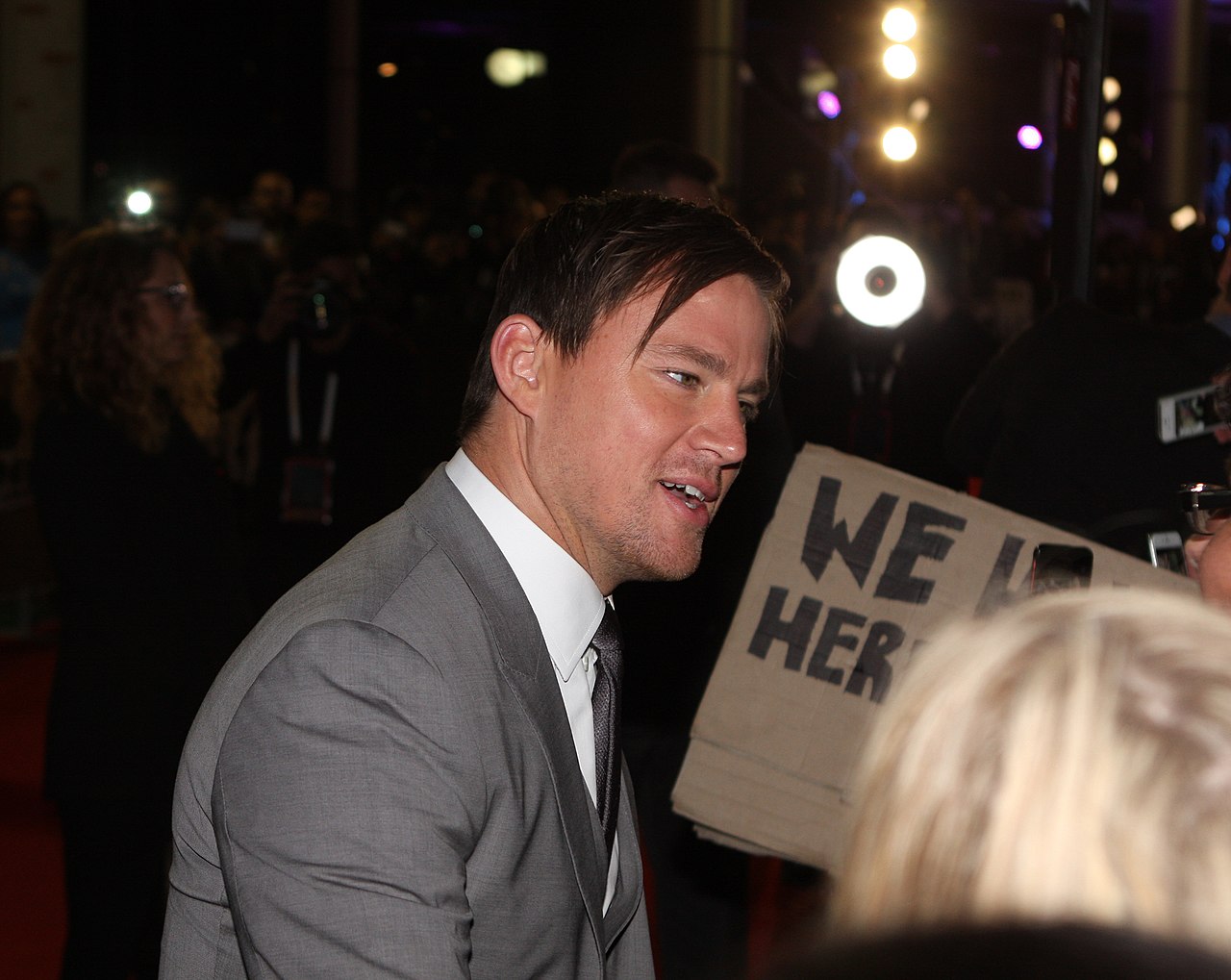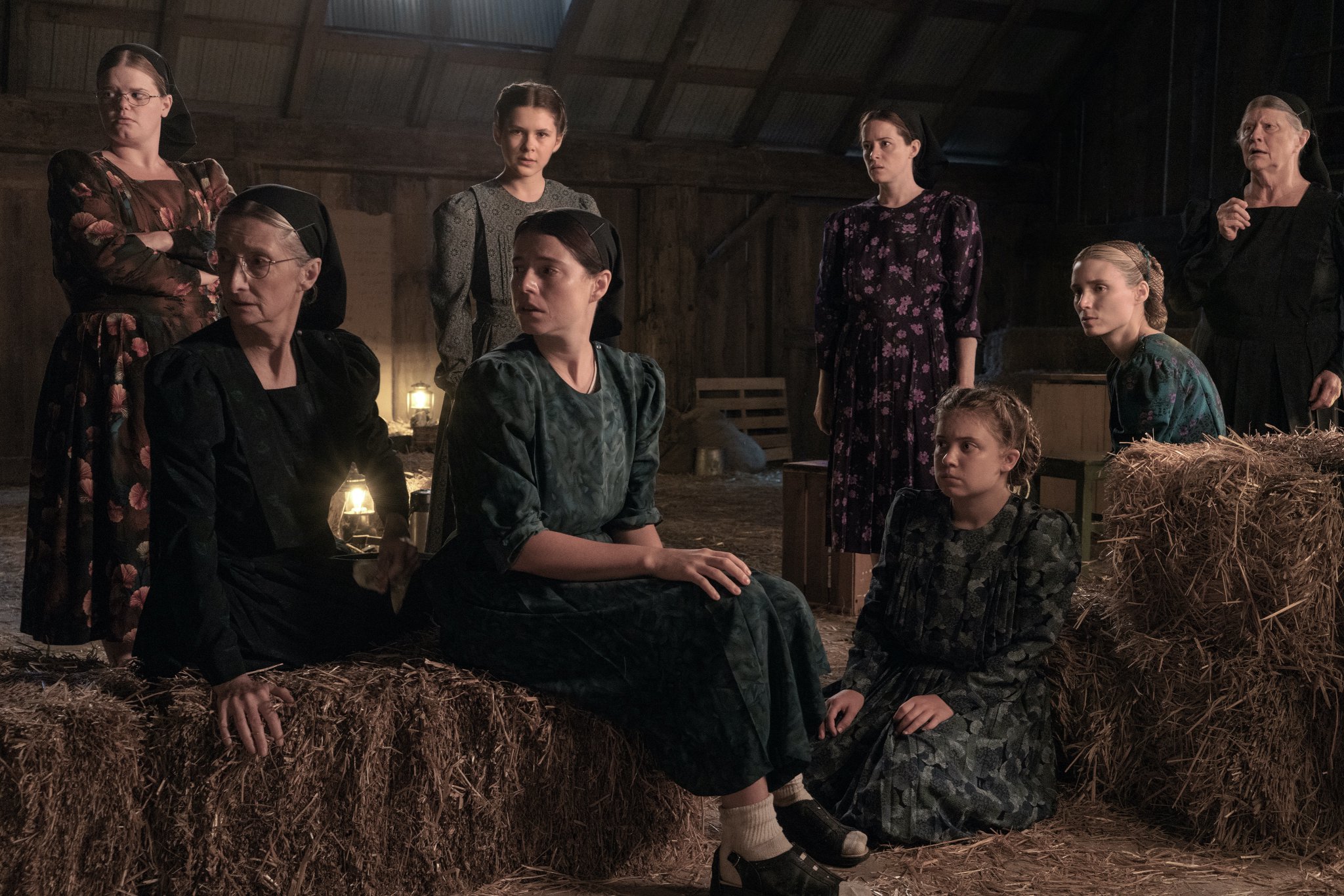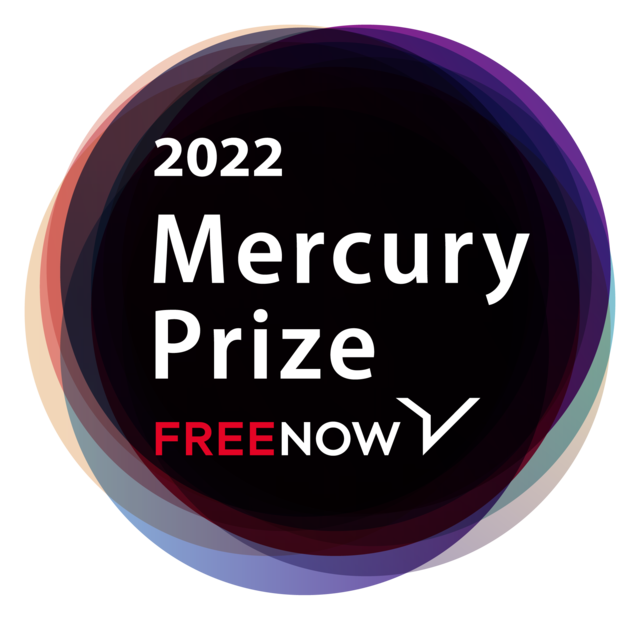Copyright infringement in the music industry is frequently in the news. Dr Adam Behr shed light on the topic with the latest academic research.
Copyright infringement is back in the mainstream news with high-profile stars Katy Perry and Led Zeppelin both facing accusations of theft. I don’t propose to enter into a forensic examination of the merits of these claims or a scrying exercise regarding their potential success or failure. I bring them up because they point towards a couple of features of production practice that are starting to emerge from research on the CREATe project, ‘Digitisation and the Politics of Copying in Popular Music Culture’ and about which I will say more after laying out some of the context.
Copyright is a key point of concern for the music and publishing industries and often focuses on piracy, particularly with regard to digital distribution (notwithstanding that legal streaming services such as Spotify are disrupting the market for legal downloads and look like they may have a similar effect on the illegal variety). But not all copyright infringements – or otherwise problematic instances of copying – revolve around the circulation of the finished product and this post concerns a type of infringement rooted earlier on in the production chain in terms of its legal visibility – during the process of creation, rather than the distribution where piracy tends to reside –namely ‘plagiarism’.
This is still difficult to disentangle from consumption since disputes may hinge on the apparent availability of works to defendants and is a longstanding feature in terms of musical disputes. But accusations against high-profile stars, relating to both new and older works have given made it particularly salient of late. Katy Perry is facing a lawsuit from Christian rap group Flame, who suggest a substantial resemblance between her single ‘Dark Horse’ and their work ‘Joyful Noise’. They also complain that their song has been irreparably tarnished by its association with the witchcraft, paganism, black magic and Illuminati imagery evoked by the same music in ‘Dark Horse’”
This latter complaint is perhaps tangential to this discussion – firstly it depends on the validity of the claim that ‘Dark Horse’ was derived from, rather than is just similar to ‘Joyful Noise’. Secondly, it seems like a call that Flame’s moral rights have been impinged upon, and moral rights have enjoyed scant protection in the U.S compared to Europe and other territories. The second claim relates to Led Zeppelin’s ‘Stairway to Heaven’ – brought by the band Spirit and claiming that the iconic intro to ‘Stairway’ plagiarised their prior work ‘Taurus’.
These highlight, first of all, the relatively obvious point that plagiarism claims follow financial success. This is hardly surprising – who would want to claim a percentage of a commercial failure? But underlying this is an aspect of the general politics of popular music production, which is that the ‘moral’ aspects of ‘originality’ are difficult to disentangle from financial and logistical calculations.
Resemblance might be necessary to establish plagiarism but it isn’t enough in itself. Similarities between popular music works to some degree are inevitable and there are a number of ways in which works can be derivative, and motivations for them. Parody is one example of this and enjoys some leeway, to varying degrees across different legal systems (this report from the IPO offers a comparison of the treatment of parody across seven jurisprudences). It’s also the case that a degree of homage is a feature of some musical production, and musicians may often refer to prior works out of admiration, with the intent to build upon them to create something new or out of a sense that they are working within a tradition (such as folk or blues).
As Philip McIntyre (2006) has illustrated – with regard to Paul McCartney’s famous claim to have ‘dreamt’ the melody to ‘Yesterday’, and initial concern that he may have heard it elsewhere – songwriters are, anyway, steeped in the works of their predecessors, which become a part of their musical ‘habitus’, or operating procedure. Copying need not even be deliberate for an infringement of copyright to have taken place, as George Harrison found out to his cost in 1971 over similarities between ‘My Sweet Lord’ and The Chiffons’ ‘He’s So Fine’ when the judge found for the plaintiff, remarking that, “This is, under the law, infringement of copyright, and is no less so even though subconsciously accomplished.” (Musical Copyright Infringement Resource, emphasis added).
This is in contrast to the many unchallenged, but deliberate, examples of ‘quoting’ that take place in jazz – one musician we interviewed for this research described such instances of copying as a part of placing oneself within a tradition. The use of samples from prior works is also a grey area morally, in terms of how far the sampler intends to build something new out of the original work or use it as part of a wider musical conversation – one respondent pointed towards a curational aspect of sampling – although often clearer legally, depending on whether or not the sample has been cleared.
In conceptual terms, this all points towards the value of developing a lexicon of plagiarism, to further examine how these different instances are resolved. In practical terms, many musicians work first and conceptualise later on, and the consideration of the status of acts of copying may sometimes only be forced upon them when they become a legal matter. A certain amount of ‘self-policing’ does go on but this becomes more acute higher up the industrial ladder and there are two factors at play here.
Professional pride: Many musicians operating in the public sphere do so for motives other than purely financial gain – although they want to make money if it all possible. Our respondents noted that they want to create – and be seen to create – something original. In this context, conversations in the practice room and the studio will bring to light any similarities that are noticed but revolve around creative legitimacy as well as practicality. ‘I think it comes down to a matter of personal pride. There is a desire to create something original’, says one band member. Musicians, in this context, like to think of themselves as original creators, and work to avoid instances of copying which may detract from that conception.
Likely reach of the song: The legal dimension enters the frame if and when it looks as if there is likely to be a relatively high degree of exposure. One songwriter noted that he had become more sensitive to potential points of similarity as his work had gained more radio play. It’s worth noting here, however, that although this links into the financial dimension, the two are not congruent. Exposure doesn’t necessarily entail profit. The manager of another artist talked of getting a forensic musicologist to go over a piece as a precaution, before going ahead with release.
This aspect of the production chain has certainly been affected by the breaking down of barriers between international territories afforded by the web. A musician talking about having hits in the 1970s says that they were unworried then that the originators of riffs that they had borrowed would hear their work in the US – a situation inconceivable now.
It also has some relevance to the Zeppelin and Perry cases. In both of these the plaintiffs must be able to show that the alleged plagiarist had access to their works – almost a given in the digital age, although also the case with Led Zeppelin and ‘Taurus’. The copying need not be deliberate for an infringement to have taken place (as per the George Harrison case) but there does need to be similarity beyond generic formulae or chord progressions, which can be difficult to prove. There are elements of both ‘Taurus’ and ‘Stairway to Heaven’ that could be shown to go back at least as far as Elizabethan composer John Dowland.
More substantial similarities have to be illustrated – either in terms of the amount that the two works have in common, or the significance of the similarity to the subsequent work (eg: is it the melodic hook, or a key lyric?). There is a long history of such cases – including for Led Zeppelin. Perry has also been accused of plagiarism in the past, including for ‘Roar’ although this didn’t get as far as the courts. Accusations of plagiarism, based on similarity, are to a certain extent an inbuilt hazard of widespread exposure but legal follow-ups beyond the court of public opinion as played out on web forums are less frequent.
Courts can, and have, interpreted commonalities between songs in different ways but a key overarching point is that the legal discourses with which they operate frame acts of copying in specific ways. Who gains financially from the outcomes of such disputes is often decided by how these legal discourses intersect with the discourses of copying used by musicians – as opposed to musicologists, judges or hypothetical ‘ordinary listeners’ that they might refer to.
Our research so far shows that musical discourses and legal discourses align more closely earlier on in the production chain (ie: prior to release) as the industry stake in the work rises (eg: the size of the record label involved, the likelihood of mass reception for the work).
The ‘professional pride’ discussed earlier is even more significantly tempered by legal concerns when the musical work in question has a purely commercial impetus – when the musicians’ primary motivation isn’t self expression or promotion of a brand in which ‘authenticity’ in some form is a component. Music for advertisements would be a good example, and statements from practitioners suggest that in this field legal considerations are paramount, at an early stage in the production process and with the potential judgements of courts and forensic musicologists aforethought.
As far the Led Zeppelin and Katy Perry cases are concerned – and as Zeppelin’s historical track record would suggest – out of court settlement is a possibility. The extent to which lawsuits are, in any case, business-negotiating tactics is a distinct – although related – matter. But the rising possibility of the threat of legal action as a work gains greater exposure means that how the courts frame copying and originality has some effect on the creative process. As Professor Martin Kretschmer and Daniel Zizzo have pointed out elsewhere, we need to better understand the motivations of piracy better in order to combat it. But piracy is only one form of copyright infringement in music and problematic appropriations of the works of others don’t just reside in the distribution of the finished product. We would do well to understand, too, how legal mechanisms inform the musical conversations that happen earlier on in the value chain – in the creative process itself.
Dr Adam Behr is a Senior Research Associate at the University of East Anglia’s School of Politics, Philosophy, Language and Communication Studies. This post draws on material from and discussions arising out of the CREATe project ‘Digitisation and the Politics of Copying’, being conducted by the University of East Anglia and Goldsmiths College, University of London. Researchers on the project are Professor John Street (UEA), Professor Keith Negus (Goldsmiths) and Dr. Adam Behr (UEA). It was originally posted on the CREATe blog.
Photo credit: Michael B.





